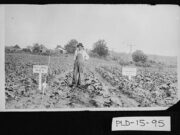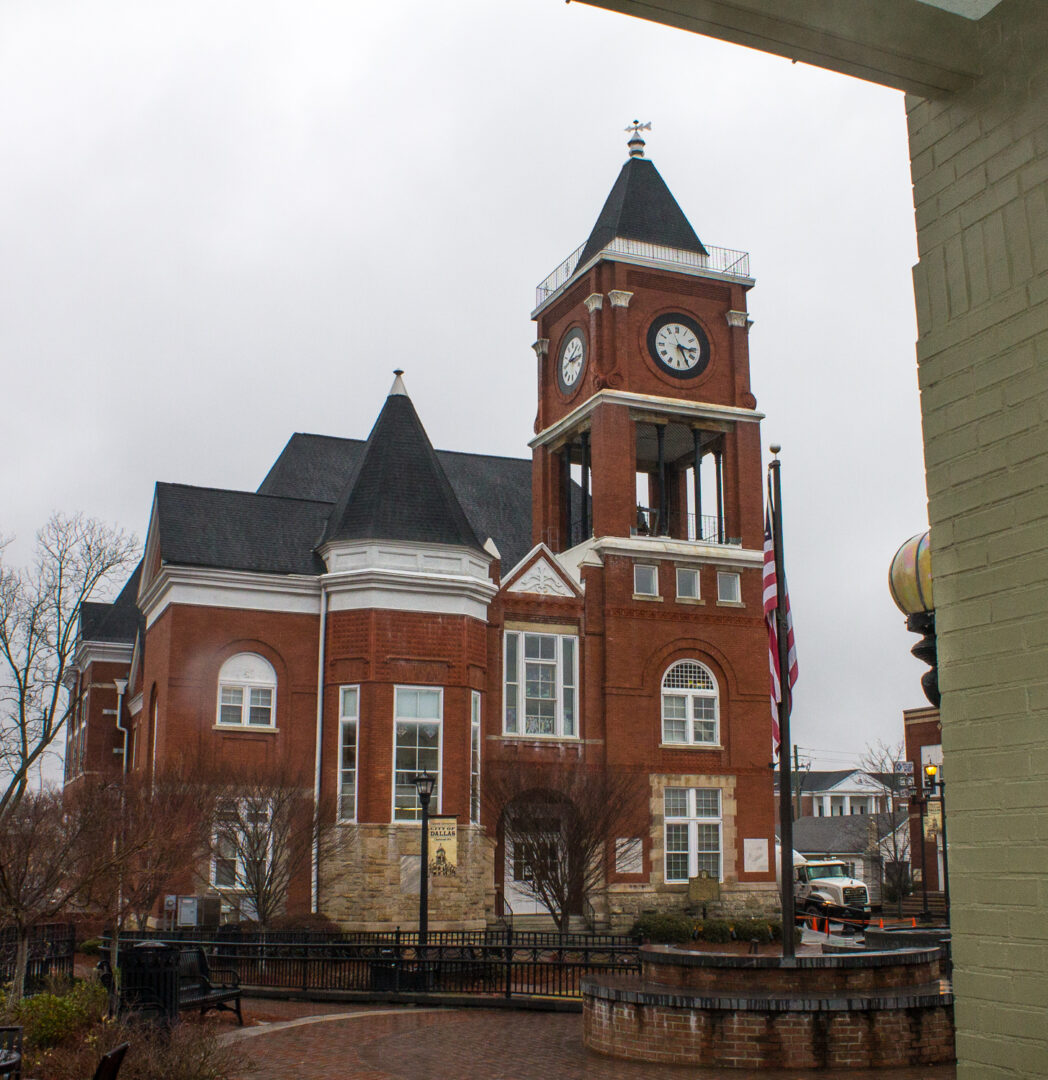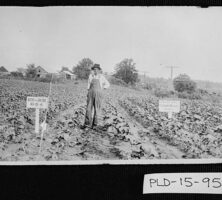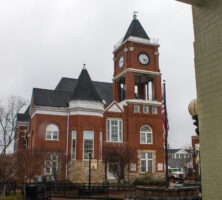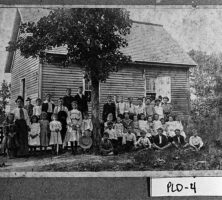Paulding County, in northwest Georgia, is the state’s eighty-ninth county, created in 1832 as one of nine counties carved from the original Cherokee County.
It was named for John Paulding, one of three New Yorkers who captured the British spy John Andre. Andre was the accomplice of Benedict Arnold, a general during the Revolutionary War (1775-83) who hatched a treasonous plot to surrender an American fort to the British enemy.
Originally held by Creek Indians, the land was lost in battle to the Cherokee Nation in 1755. In turn the Cherokee lost the land to white settlers who arrived in the nineteenth century. Many of them came in response to the discovery of gold, with two veins running through what was to become Paulding County, in 1829. Upon this discovery the state broke all its treaties with the Cherokee and divided the land into forty-acre “Gold Lots,” which it distributed by lottery in 1832. Gold seekers migrated from other parts of Georgia and from other states. Many did not find gold but remained in the area to farm.
By 1840 agriculture was the primary occupation in Paulding County, followed by manufacturing and trades. Primary crops were corn, tobacco, and wheat, with some cotton. Non-farm enterprises included a number of gristmills, sawmills, potteries, and tanneries.
In 1851 Polk County was created from part of Paulding. Between 1832 and 1874 parts of Paulding County were annexed to several other counties: Campbell (now defunct), Carroll, Cass (later Bartow), Cobb, Douglas, Haralson, and Polk. Between 1850 and 1874 Paulding County also annexed parts of Carroll, Cobb, Douglas, and Polk counties. Today the county covers 313 square miles. There have been two county seats in the county’s history. The first, Van Wert, was created in 1833 and named after one of John Paulding’s two companions in the arrest of Major Andre. Van Wert was in the part of Paulding County that went to Polk County.
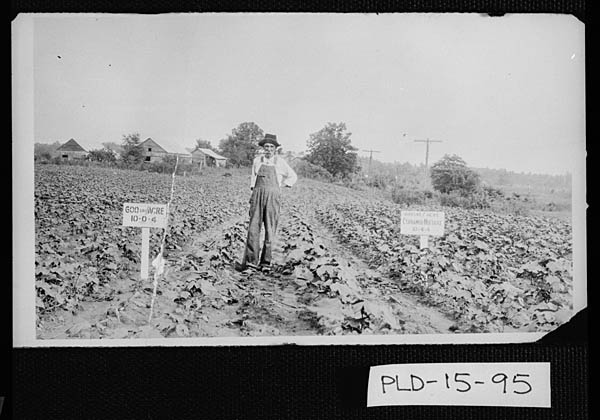
The new county seat was named Dallas for George Mifflin Dallas, who had just finished serving as vice president in U.S. president James K. Polk’s administration. Incorporated in 1854, Dallas has been home to several courthouses, the first described as resembling a shack, three miles from today’s city center. The next courthouse was built in the mid-1850s and was replaced by the current structure in 1892. Placed on the National Register of Historic Places in 1980, the current building has been renovated several times and was provided with a three-story annex in 1990. Other incorporated cities in the county are Braswell and Hiram.
In the months leading up to the Civil War (1861-65), Paulding County, largely rural and inhabited by a majority of nonslaveholding citizens, was a cooperationist county. After Georgia seceded, however, the county joined wholeheartedly in the Confederate cause. A large number of Paulding County men joined the Confederate forces, and both civilians and soldiers saw action in the county. Many of the county’s roads, following Indian trails that led from a spring near Dallas, radiated from the county seat to cities such as Atlanta and Marietta. Union general William T. Sherman planned to take possession of Dallas so that he could control the routes to and from these cities. Confederate general Joseph Johnston and his troops attempted to prevent Sherman from realizing his plans, resulting in three major encounters in Paulding County in May 1864: the battles of New Hope Church, Pickett’s Mill, and Dallas. These conflicts delayed the Union capture of Atlanta by at least a week.
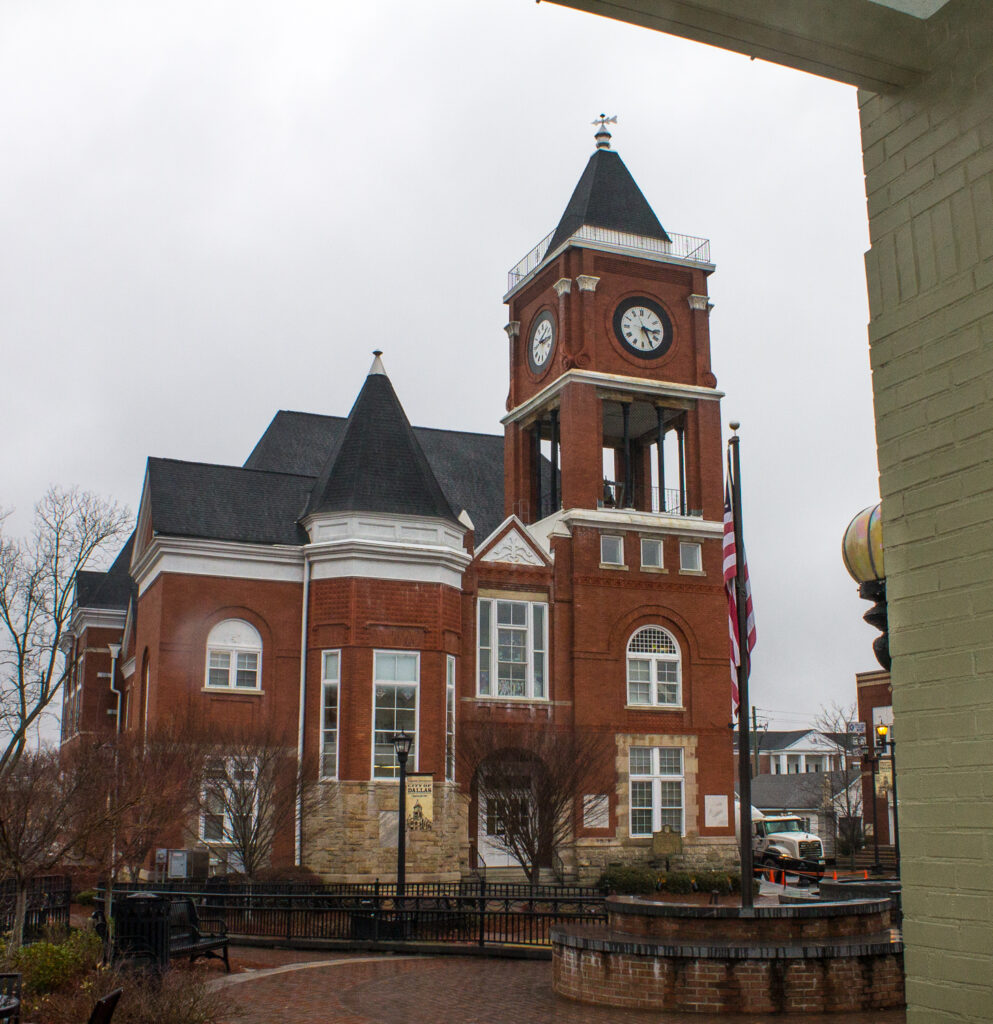
After the Civil War the county languished for decades, experiencing the difficulties common to other agricultural areas in the South beset by the loss of numerous young men, overused soil, and economic depression. Life for the county began to improve in 1882, however, when the East Tennessee, Virginia, and Georgia Railroad built lines through it. The railway was directly responsible for tripling the population in Dallas by the end of the decade. The town of Braswell was created around a depot placed at the site by the railway in 1882, when it laid tracks through the area.
By the turn of the century, Paulding County was flourishing. Many one-room schools dotted the county, an indication of the population boom and a testament to the high value residents placed on education. The county economy followed that of the nation, suffering with the Great Depression and improving during the era following World War II (1941-45).
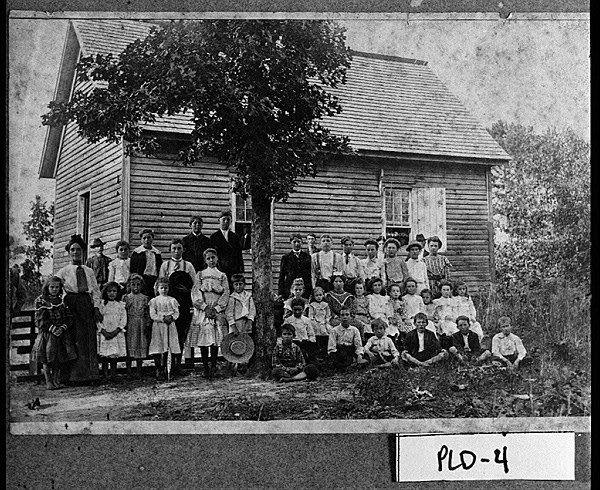
Agribusiness remains a major economic factor in the county, but some areas have become bedroom communities for Cobb County and Atlanta, making Paulding County one of the fastest-growing counties in the state. According to the 2020 U.S. census, the population of Paulding County was 168,661, a substantial increase from the 2010 population of 142,324.
Notable residents include country music singers Patty Loveless and Travis Tritt. Chattahoochee Technical College, based in Marietta, operates a campus in Dallas.
The Paulding County Historical Society operates the Paulding County Museum in a building constructed in 1861, which served as the first school in Dallas. It was used as a hospital during the Civil War and returned to its school functions after the war. Later it became a private family residence, and then a church service building. It was moved to its present location in 1997.
The Hiram Colored School, located in Hiram, was added to the National Register of Historic Places in 2001. Built in 1930 with funds from the Julius Rosenwald Fund, this wood-frame structure served area African American students until 1955, when the school system was consolidated and the building sold to the Sweet Home Baptist Church.
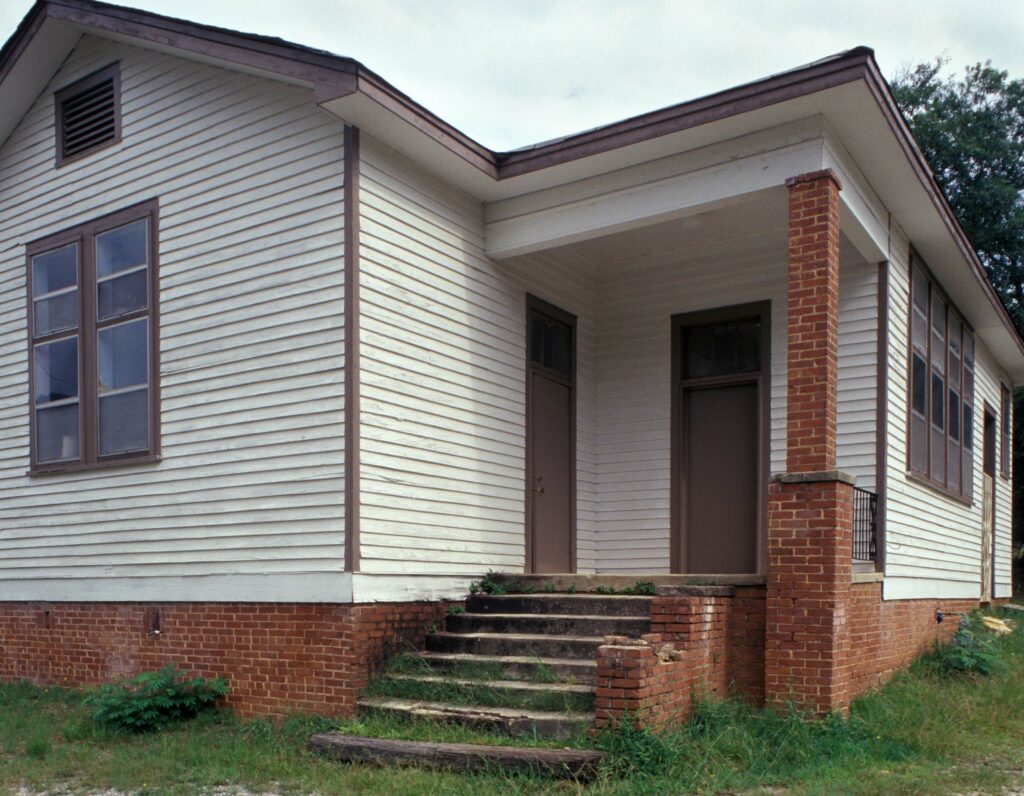
The cemetery of New Hope Church (now nestled in a commercial section of Dallas) is the site of the Civil War battle named for the church. There, on May 25, 1864, Confederate general Joseph Johnston’s men won a significant victory over General Sherman’s troops (under Joseph Hooker).
Pickett’s Mill Battlefield Historic Site is considered one of the best-preserved Civil War battlegrounds in the country. Fought on the grounds of a farm and gristmill owned by Benjamin and Malachi Pickett on Little Pumpkin-Vine Creek, the battle is considered the worst Union defeat of the Atlanta campaign. The nearly 800-acre site provides vivid evidence of the soldiers’ battlements and a sense of how the area looked during the battle.
The Silver Comet Trail for bicyclists and hikers runs through the middle of Paulding County. The trail begins in Cobb County, goes through Paulding County, and ends in Polk County on the Alabama border, where it meets the Chief Ladiga Trail and continues to Anniston, Alabama. Completed in 2008, the trail is the longest continuous bicycle path in the United States. Of its total 95.5 miles, 61.5 run through Georgia.


